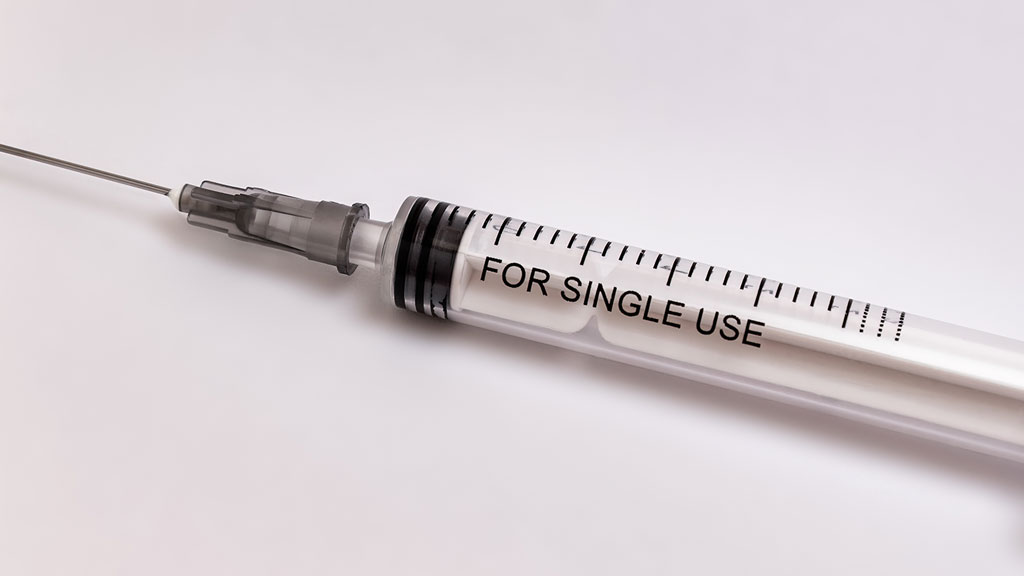7/6
Bioplastics and Circularity: Single-use Plastic Bag Bans Fail to Take Bioplastics Into Account
Over the past decade, many governments around the world have placed bans and restrictions on single-use plastic items, most commonly plastic bags. U.S. cities such as New York, Los Angeles, and Washington, D.C., as well as countries such as Thailand, Kenya, and Germany have all implemented such policies. Bans like these, as well as the rising attention on plastic pollution in general, are leading society toward a more sustainable alternative: bioplastics.
Moving from Petroleum-Based to Plant-Based Plastics
Earlier this year, President Biden announced a goal of transitioning 90% of America’s traditional petroleum-based plastics to bioplastics over the next two decades. This ambitious plan represents an important step in the right direction, while also acknowledging the catch-22 that we face when it comes to plastics.

The unavoidable truth is that plastics as material inputs are not going away anytime soon. Plastics have led to life-changing innovations in a wide variety of industries, most notably in health and sanitation. They have allowed for safer blood transfusions, surgeries, vaccinations, and food storage, resulting in countless saved lives.
Challenges of Eliminating Single-Use Plastics
Many advocates for eliminating single-use plastics fail to consider the potential accessibility impacts of these sweeping policies. For lower-income communities in the U.S. and around the world, single-use plastics often provide affordable alternatives to reusable, yet more expensive, materials like glass and steel. Eliminating single-use materials would place an unequal burden on the lower and middle-income families who could least afford this transition.

Eliminating single-use plastics, at least over the next several decades, is unrealistic. The answer instead lies in reducing our use, designing new end-of-life opportunities for single-use plastics, and using more bioplastics instead of traditional plastics.
Advantages of Bioplastics
Bioplastics can be made from a variety of plants and agricultural inputs, while traditional plastics are made from petroleum or other fossil fuels. When we reduce our production of traditional plastics, we also reduce our carbon emissions and our reliance on fossil fuels.

What’s more, bioplastics offer a variety of end-of-life options. Though bioplastics vary in their decomposition capabilities, many bioplastics are recyclable, and others are biodegradable, breaking down naturally after just a few months rather than a few centuries like their fossil fuel-based counterparts. Some bioplastics are compostable, meaning that they will break down in composting facilities or home composting machines into fertilizing material for plants and gardens. Bioplastics are the epitome of circularity, and single-use plastic bans ignore and hinder this emerging, innovative solution.
Pathway to a Sustainable Solution

Bioplastics are crucial to achieving a more sustainable, circular future.
To achieve the goals of reducing plastic pollution and our reliance on fossil fuels, eliminating all single-use plastics is a misguided effort. Instead, we should focus our energy on transitioning necessary single-use materials toward more sustainable sources and investing in the infrastructure needed to convert or dispose of these single-use products quickly and naturally. Bioplastics are crucial to achieving a more sustainable, circular future.
Sign up for updates from PBPC to stay informed on the ways plant-based products can help mediate some of the planet’s most pressing challenges.
